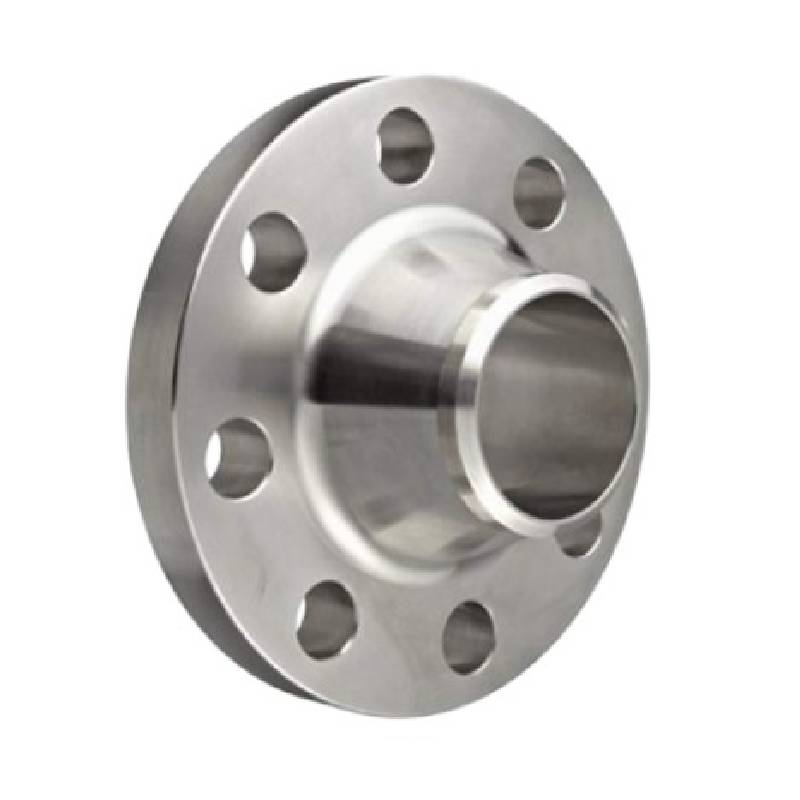-
Cangzhou Yulong Steel Co., Ltd.
-
Phone:
+86 13303177267 -
Email:
admin@ylsteelfittings.com
- English
- Arabic
- Italian
- Spanish
- Portuguese
- German
- kazakh
- Persian
- Greek
- French
- Russian
- Polish
- Thai
- Indonesian
- Vietnamese
- Zulu
- Korean
- Uzbek
- Hindi
- Serbian
- Malay
- Ukrainian
- Gujarati
- Haitian Creole
- hausa
- hawaiian
- Hebrew
- Miao
- Hungarian
- Icelandic
- igbo
- irish
- Japanese
- Javanese
- Kannada
- Khmer
- Rwandese
- Afrikaans
- Albanian
- Amharic
- Armenian
- Azerbaijani
- Basque
- Belarusian
- Bengali
- Bosnian
- Bulgarian
- Catalan
- Cebuano
- China
- China (Taiwan)
- Corsican
- Croatian
- Czech
- Danish
- Esperanto
- Estonian
- Finnish
- Frisian
- Galician
- Georgian
- Kurdish
- Kyrgyz
- Lao
- Latin
- Latvian
- Lithuanian
- Luxembourgish
- Macedonian
- Malgashi
- Malayalam
- Maltese
- Maori
- Marathi
- Mongolian
- Myanmar
- Nepali
- Norwegian
- Norwegian
- Occitan
- Pashto
- Dutch
- Punjabi
- Romanian
- Samoan
- Scottish Gaelic
- Sesotho
- Shona
- Sindhi
- Sinhala
- Slovak
- Slovenian
- Somali
- Sundanese
- Swahili
- Swedish
- Tagalog
- Tajik
- Tamil
- Tatar
- Telugu
- Turkish
- Turkmen
- Urdu
- Uighur
- Welsh
- Bantu
- Yiddish
- Yoruba

Jul . 30, 2024 00:15 Back to list
Exploring the Efficiency and Applications of Positive Rotary Pumps in Fluid Management Systems
The Positive Rotary Pump An Overview
Positive rotary pumps are essential devices in various industries, known for their efficiency and reliability in fluid transport. These pumps operate on a straightforward mechanism, utilizing rotating elements to create a vacuum that draws in and displaces fluid. This design has made positive rotary pumps a preferred choice for applications requiring accurate flow rates and the handling of viscous or shear-sensitive materials.
Working Principle
The fundamental principle behind a positive rotary pump is its ability to create a consistent flow of liquid through positive displacement. During operation, one or more rotating elements, such as gears, lobes, or vanes, create volumetric cavities that fill with fluid and subsequently transfer this fluid to the outlet. The rotation of these elements maintains a constant flow, making these pumps particularly advantageous in scenarios where smooth and continuous delivery is crucial.
Types of Positive Rotary Pumps
There are several types of positive rotary pumps, each suited for specific applications
1. Gear Pumps Comprising two or more gears that mesh together, gear pumps are commonly used for moving low-viscosity fluids and are characterized by their compact design and high efficiency. They excel in delivering a steady flow rate and are often utilized in hydraulic systems and fuel transfer applications.
2. Lobe Pumps These pumps feature lobes that rotate in a manner similar to gears but without making contact with each other. Lobe pumps are ideal for handling shear-sensitive fluids, such as food products and pharmaceuticals, because they minimize turbulence and maintain the integrity of the fluid being pumped.
3. Vane Pumps Incorporating sliding vanes that extend outward and contact the pump casing, vane pumps are versatile and can handle a range of viscosities. They are widely used in various processes, including chemical processing and lubrication systems. The design allows for a relatively quiet operation, further enhancing their appeal in industrial settings.
Advantages of Positive Rotary Pumps
The popularity of positive rotary pumps is attributed to numerous advantages
- Consistent Flow Rate Unlike centrifugal pumps, which can experience fluctuations in flow due to changes in pressure, positive rotary pumps deliver a steady and reliable flow, making them suitable for precise applications.
positive rotary pump

- Versatility These pumps can handle a wide variety of fluids, including those with high viscosity. Their ability to manage different materials opens up opportunities across various sectors, from food and beverage to cosmetic and chemical industries.
- Self-Priming Many positive rotary pumps are self-priming, allowing them to operate efficiently without needing an external priming source. This feature is essential in applications where the pump may be located above the fluid source.
- Easy Maintenance The design of positive rotary pumps often allows for easy disassembly and maintenance, reducing downtime and operational costs in industrial environments.
Applications
Positive rotary pumps are utilized in a broad spectrum of applications, such as
- Food and Beverage Industry They are used for transferring oils, syrups, sauces, and other viscous products while ensuring that the texture and quality remain intact.
- Chemical Processing Their ability to handle corrosive and viscous liquids makes them indispensable in chemical manufacturing processes.
- Pharmaceuticals Positive rotary pumps play a critical role in transferring sensitive ingredients without compromising their integrity, which is crucial in drug formulation.
- Oil and Gas These pumps are commonly found in fuel distribution and lubrication systems, ensuring efficient transfer with minimal leakage.
Conclusion
In summary, positive rotary pumps are vital components across a myriad of industries, offering efficiency, reliability, and versatility. Their unique design and operational advantages make them a preferred choice for applications requiring precise fluid handling, showcasing their significant role in modern industrial processes. As technology advances, the design and efficiency of these pumps will likely continue to improve, further solidifying their position in fluid management solutions.
Latest news
-
ANSI 150P SS304 SO FLANGE
NewsFeb.14,2025
-
ASTM A333GR6 STEEL PIPE
NewsJan.20,2025
-
ANSI B16.5 WELDING NECK FLANGE
NewsJan.15,2026
-
ANSI B16.5 SLIP-ON FLANGE
NewsApr.19,2024
-
SABS 1123 FLANGE
NewsJan.15,2025
-
DIN86044 PLATE FLANGE
NewsApr.19,2024
-
DIN2527 BLIND FLANGE
NewsApr.12,2024
-
JIS B2311 Butt-Welding Fittings LR/SR 45°/90° /180°Seamless/Weld
NewsApr.23,2024











